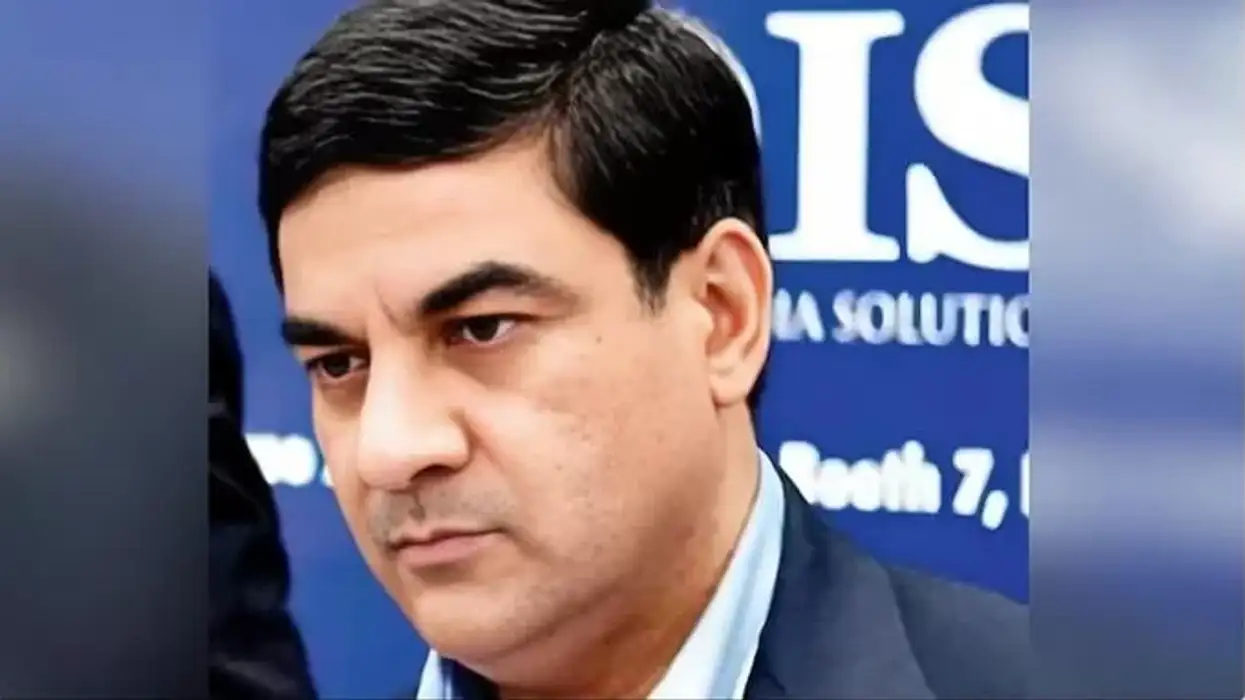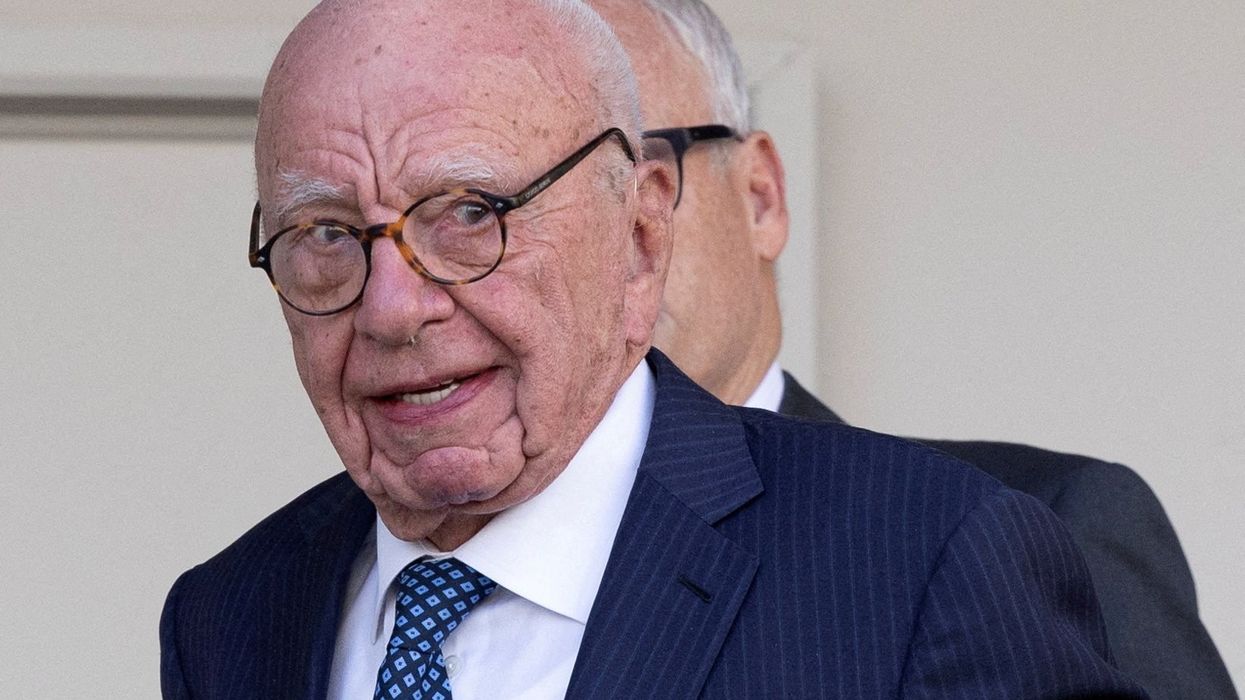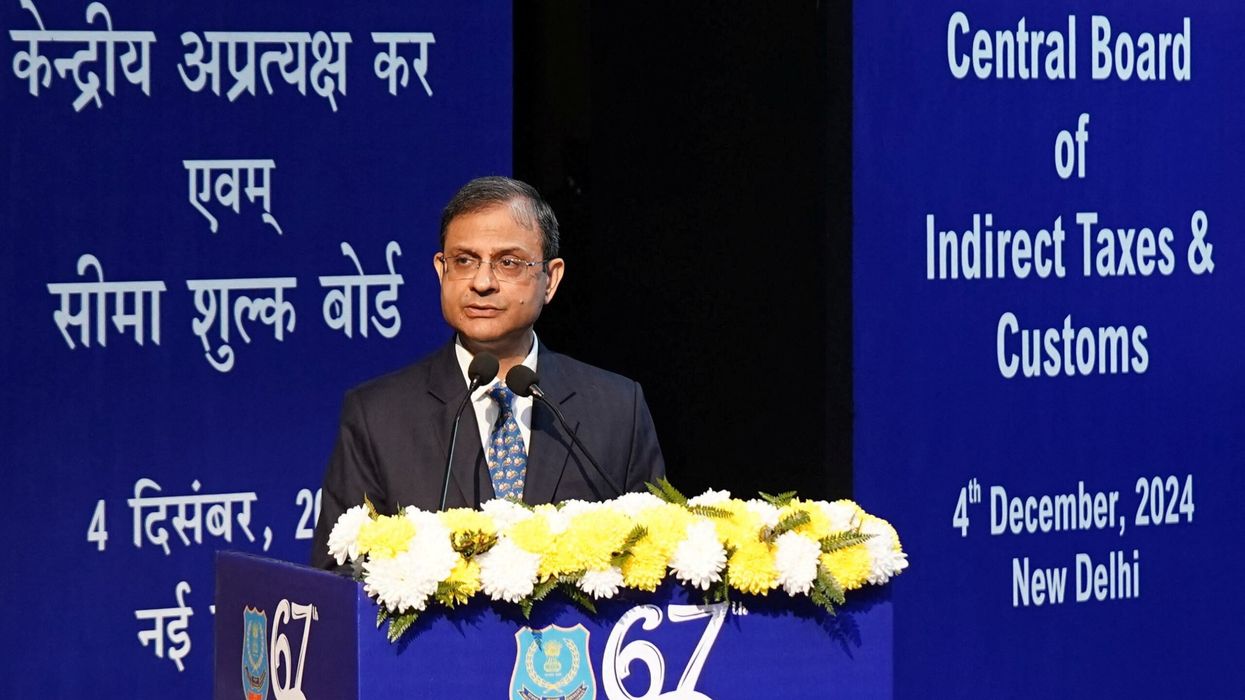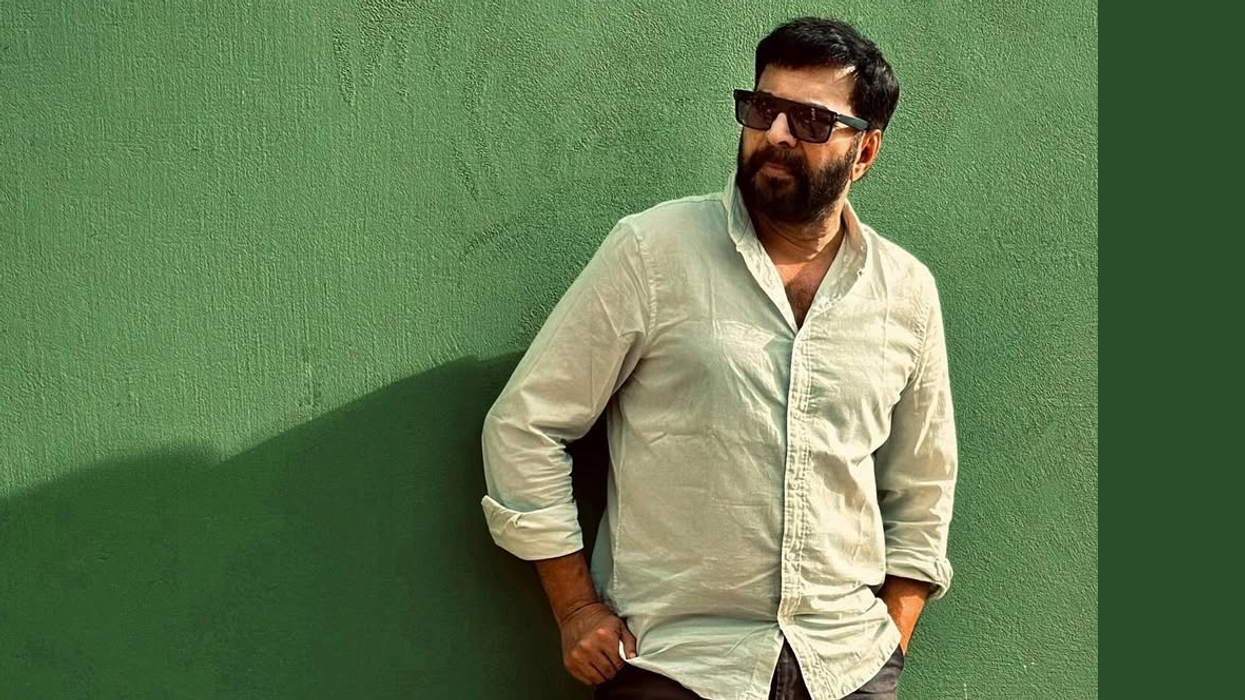Researchers at Nanyang Technological University, Singapore (NTU Singapore) have developed super-thin semiconductor fibres that can be woven into fabrics, making them smart wearable electronics.
Making these semiconductor fibres work well requires them to be flexible and without any flaws, so they can send signals reliably. However, the usual ways of making them can cause stress and problems, like cracks and deformities, which makes them not work as well and limits what they can do.
The NTU scientists did some computer modelling and testing to figure out why these problems happen during making. They found out that they could fix this by choosing the right materials and doing certain steps when making the fibres.
They came up with a design and made super-thin fibres that were 100 meters long, showing that they could be made a lot. And importantly, these new fibres can be woven into fabrics using the usual ways.
To show how good these fibres are, the NTU team made some prototypes. They made a beanie hat that helps blind people cross roads safely by sending alerts to a phone app, a shirt called 'smart top' that can tell you about stuff in a museum or art gallery and a smartwatch that measures your heart rate while you're doing things like running or cycling.
The team thinks that what they've done is a big step forward in making semiconductor fibres that are super-long-lasting and can be made a lot, while also being good at doing their job.
Associate Professor Wei Lei, who led the study, said, "The successful fabrication of our high-quality semiconductor fibres is thanks to the interdisciplinary nature of our team. Semiconductor fibre fabrication is a highly complex process, requiring know-how from materials science, mechanical, and electrical engineering experts at different stages of the study. The collaborative team effort allowed us a clear understanding of the mechanisms involved, which ultimately helped us unlock the door to defect-free threads, overcoming a long-standing challenge in fibre technology."
The study was published in the top science journal Nature, and it's in line with NTU's goal of making new ideas that help people in real life.
To make their fibres without any problems, the NTU-led team chose some common semiconductor materials and some other stuff, like silicon and glass. These were chosen because they work well together. Silicon can handle high temperatures and work with light, while glass lets stuff move around quickly and works with indoor light networks.
Next, they heated the materials until they were soft and pulled them into a thin strand. The glass kept everything together, like a bottle holding wine. After cooling down, they added some other stuff to make the fibres stronger and more useful.
In tests, the fibres did well. They could sense light and send signals quickly, making them some of the best around. They were also a lot tougher than normal fibres and stayed strong even after being washed ten times in a washing machine.
Professor Gao Huajian, who worked on the study, said, "Silicon and germanium are two widely used semiconductors which are usually considered highly brittle and prone to fracture. The fabrication of ultra-long semiconductor fibre demonstrates the possibility and feasibility of making flexible components using silicon and germanium, providing extensive space for the development of flexible wearable devices of various forms. Next, our team will work collaboratively to apply the fibre manufacturing method to other challenging materials and to discover more scenarios where the fibres play key roles."
The researchers think that their fibres could be used in many everyday things, like clothes and watches. They're easy to make, and they work well, which means they could be made a lot and used in all sorts of stuff in the future.












